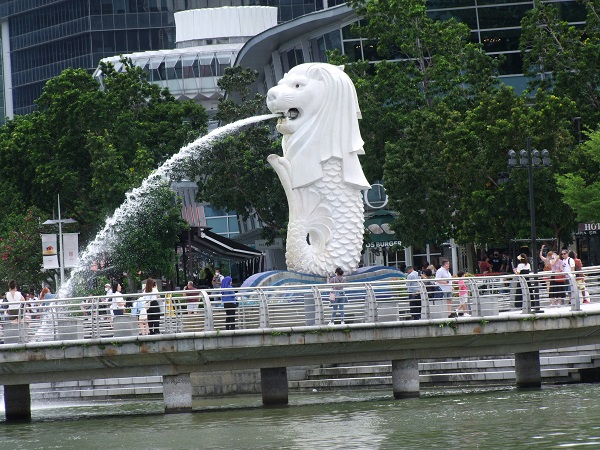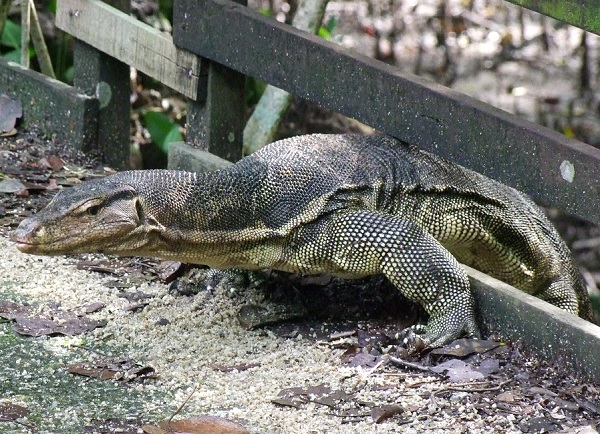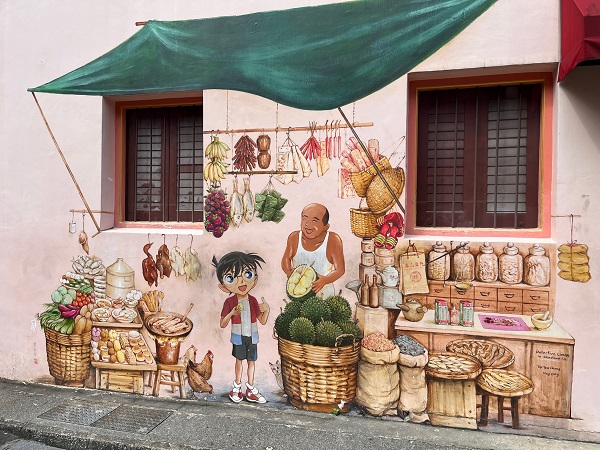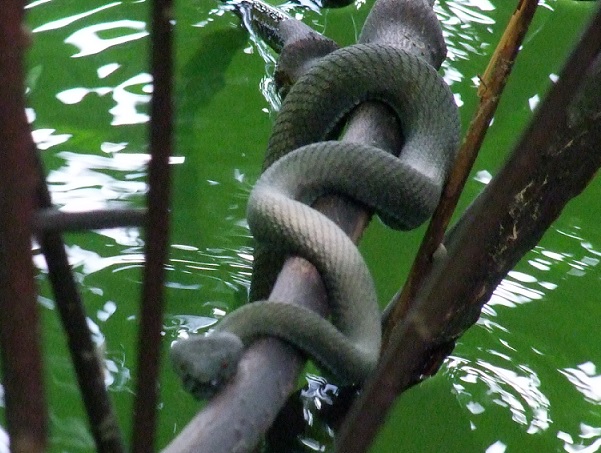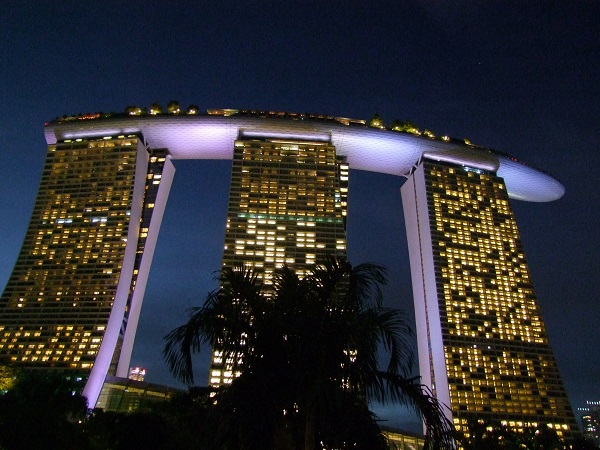 Marina Bay Sands, Singapore;
Marina Bay Sands, Singapore;
It has been quite a while since I have been in Singapore, one of the South-East Asia options for a stop-over on the way to Australia, the others being Kuala Lumpur, Bangkok, Hong Kong, with Dubai and Cape Town also presenting options - but it also depend on which city in Australia is one’s final destination.
I have been there before on a number of occasions, including when organising an ASEM (Asia-Europe Meeting) event on IPR around 15 years ago, also on stopovers to Australia to visit family there on previous occasions. It would be interesting to revisit the small island state and see the changes.
With Luxembourg occupying just over 2,500 km2 and having a resident population of around 650,000, it is 3.5 times the size of Singapore (733 km2) which has a resident population of just over 5.5 million (75% of which are of Chinese origin, 15% Malay and 5% Indian), which equates to a 32 times difference in population density. This figure puts things in perspective.
The weather in Singapore is fairly uniform all year round, at circa 30C and high humidity, quite different from when departing Luxembourg in autumn. Singapore is also very cosmopolitan, arguably even more so than Luxembourg, with Europeans the main expatriates in this case.
We learned that over 80% of Singaporeans live in HBD, subsidised housing, with eligibility criteria staring that the household’s monthly income must be less than Sing$15k (€10k). The waiting list can be 2-4 years…
Getting around is straight-forward, with the MRT metro system and public bus service relatively inexpensive and with a reliable timetable. But taxis are normally the best mode of transport; however, it is best to download the appropriate app to order taxis.
Singapore’s national language is Malay, but most people use English and their own language (Mandarin, Malay,…) on a daily basis. There are five subway lines which helps the population move about efficiently, an absolute essential when managing the island’s population density. But we did discover that wifi connectivity is not widely offered in shops and restaurants; although large tourist attractions did offer it, but this was primarily as tickets had to be purchased online instead of from a human being in a ticket booth…
So what to do? There is something for everyone, from Universal Studios and other theme parks in Sentosa, shopping along the Orchard Road district, to having a Singapore Sling at Raffles and spending the evening in restaurants and bars along Boat Quay in the Marina area, and much, much more. We decided to try to see some wildlife and also to visit the new Marina Bay area. But first we booked an half-day private tour guide: she brought us through Chinatown which comprised both restaurants and retail stores, as well as the multi-storey hawker’s market with its wet market below ground level - this we remembered from before, but nowadays there are less strange and exotic live animals than previously. Throughout Chinatown (restaurants and small retail shops), and Little India (fresh produce, gold, jewellery shops and tailors) too for that matter, were shown the various murals that depicted scenes of everyday life from decades ago, visual signs of cultural heritage that have been preserved.
It was relatively quiet due to Covid-19; Singapore replies on much tourism from China which is yet to really reopen its borders and relax restrictions. But other nationalities have started to return, but not enough for all the hawker stands and shops to be fully reopened; there is still some way to go.
We saw over the Buddha Tooth Relic Temple, built in 2008: the five-storey temple is famed worldwide for what is supposedly the left canine tooth of Lord Buddha, recovered from his funeral pyre in Kushinagar, India.
But it was the Gardens by the Bay that was the most stunning, with the giant Super Trees, the Flower Dome and Cloud Forest (indoor, climate-controlled domes) which are not-to-be-missed. The Marina Bay Sands hotel is an architectural marvel, with its Sky Park platform accessible on the 56th floor for the best view in / over Singapore. We also took a 40-minute river cruise along the river which covered a lot of historical information about the origins of the island state, passing by the famous Merlion Statue - a mythical creature with a lion's head and the body of a fish.
On the nature side, previously we had been to Singapore Zoo and gone on the fabulous Night Safari, so this time round we discovered another facility at the same complex in Mandai, in the centre wetlands area of the island, the River Wonders experience, which was a cross between an aquarium and a zoo, including manatees, sting rays and much more, with a significant emphasis on conservation and endangered species.
Jurong Bird Park, including a number of giant aviaries, was magnificent, with toucans arguably the stand-out birds here. The staff / animal-keepers were extremely helpful and informative, and explained that the entire facility is moving shortly to Mandai as the current land lease is expiring.
But arguably the best, which was also the first that we did, was to explore the Sungei Buloh Wetland Reserve, located on the north of the island close to the Malaysian mainland. There we came across a whole host of wild animals, including crocodiles and snakes (venomous vipers) and around a dozen large Monitor Lizards (the Malayan water monitor can grow up to 3m long), a myriad of colourful butterflies, birds including yellow Orioles and Blue Kingfishers… all in their natural habitat in the wild. With human populations increasing and more and more natural habitat wiped out to make way for us, Singapore has done a magnificent job in nature conservation.
Shopping in Singapore is arranged sequentially, with flagship stores of the main fashion brands all located side-by-side on Orchard Road, and all IT companies (offering both new products as well as parts and repairs) in the multi-storey Sin Lim Square shopping centre. It is difficult to come out from either without one's wallet being considerably lighter...
One other not-to-be-missed experience is the Jewel shopping centre located in its own self-contained dome at Changi airport (outside Terminals 1 and 3); like many modern buildings and shopping experiences in Dubai that we discovered in the spring (one shopping centre / mall there has an aquarium, another has an ice-skating rink,…), this has an amazing indoor waterfall as its centre-piece. This is best seen when either entering or leaving Singapore via Changi airport.
We were glad that we could return to Singapore, therefore having two stop-overs there, as there was so much to do and see. Next stop Australia.
Click here for the first in the three-part travel blog, and here for the third.


